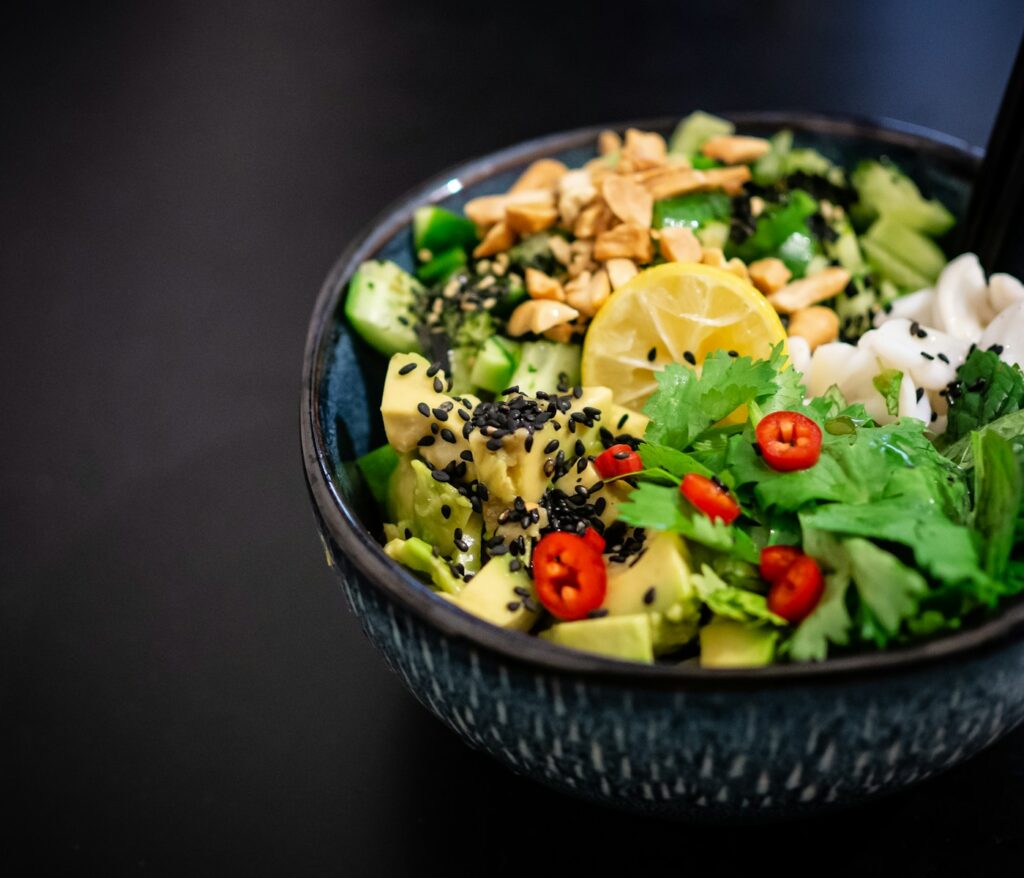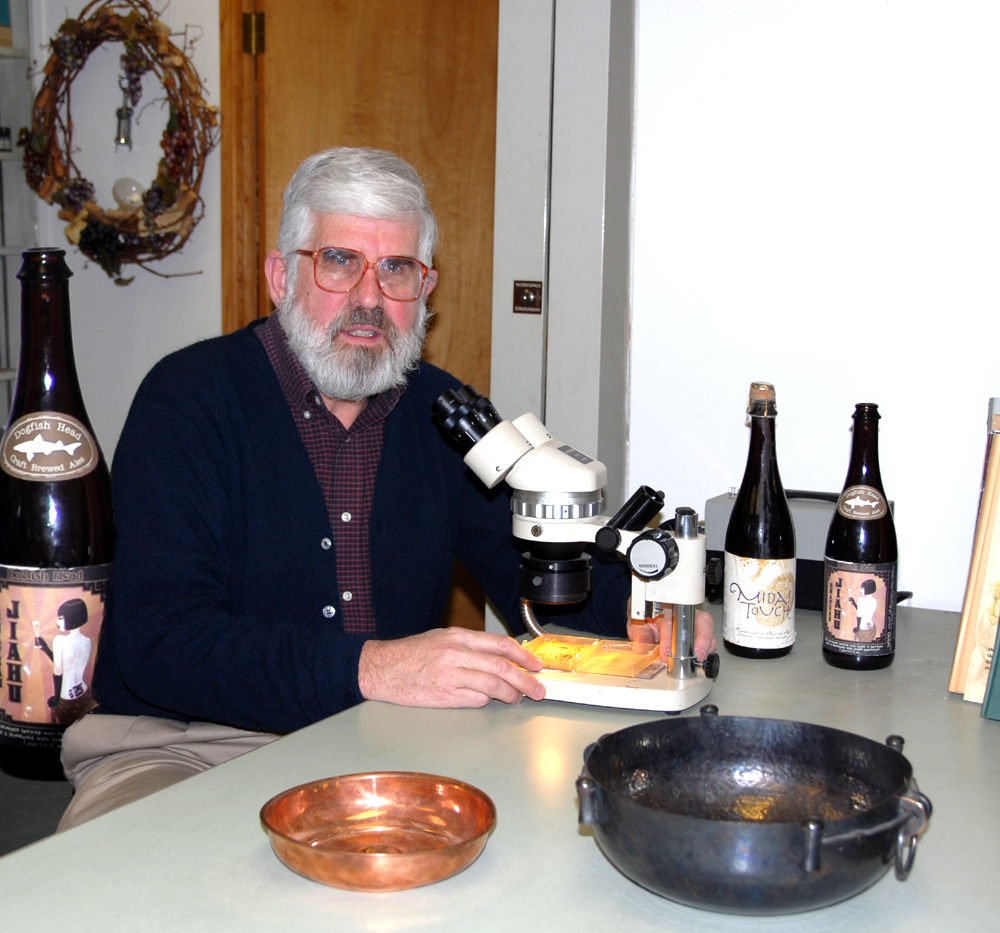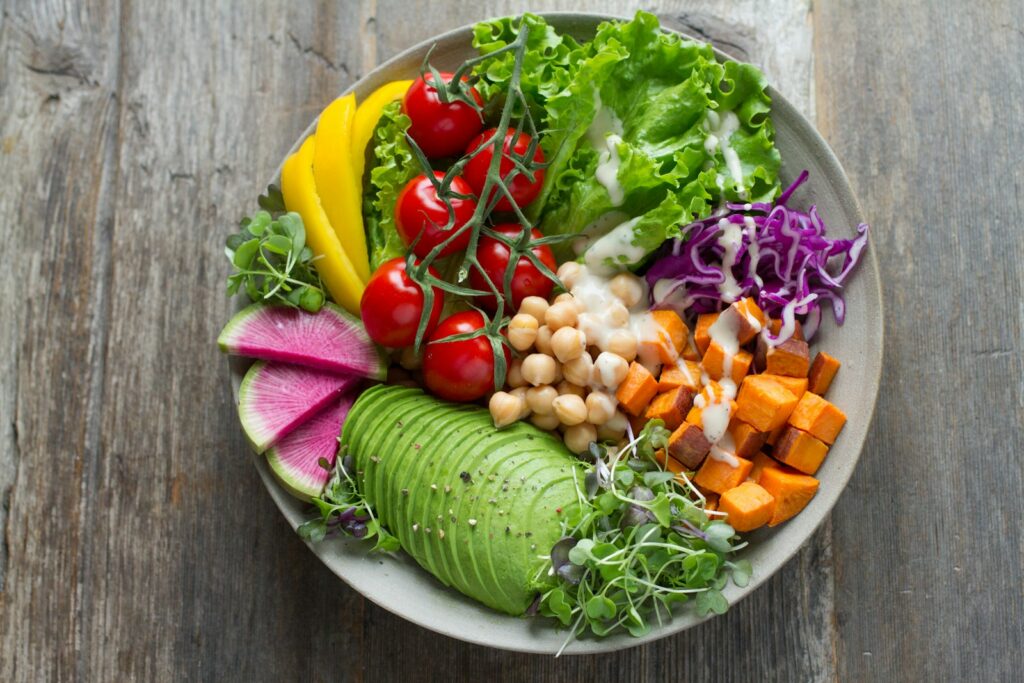
As we navigate life’s journey, especially as we move beyond the vibrant milestone of 40, our approach to health and wellness naturally evolves. It becomes increasingly clear that the foods we choose play a profoundly significant role in maintaining our energy, vitality, and overall well-being. This isn’t just about fleeting trends; it’s about making informed choices backed by solid scientific understanding.
The quest for optimal health is a continuous adventure, and fortunately, the world of food science is constantly revealing exciting new discoveries that can empower us on this path. We’re talking about advancements that go beyond simple dietary guidelines, delving into the very composition of our food, how it’s processed, and its potential impact on our bodies. Understanding these breakthroughs allows us to build a more resilient and vibrant future.
Today, we’re embarking on an illuminating journey through some truly groundbreaking research insights from ‘Foods,’ a distinguished international, peer-reviewed, open access journal dedicated to food science. This remarkable publication is a hub for the most advanced findings, offering practical and evidence-based information that can genuinely transform our understanding of nutrition, particularly relevant for maintaining vigor and sharpness in the years following 40. Let’s explore these compelling discoveries, each offering a unique perspective on how to foster health and vitality as we embrace the opportunities of mid-life and beyond.

1. **Plant-Based Cheese Analogues: Understanding Their Current State and Future Potential**: The surging global demand for plant-based foods has sparked a remarkable expansion in the availability of plant-based cheese analogue (PBCA) products at the retail level. This exciting market shift presents both opportunities and challenges, especially as consumers seek alternatives that truly replicate the experience of traditional dairy cheeses while offering different nutritional profiles. Recent comprehensive benchmarking of commercially available PBCAs in the Irish market has provided crucial insights into their current state and potential.
A significant finding from this study, which compared 16 cheese products including five block-style PBCAs, seven slice-style PBCAs, and conventional dairy cheeses, highlighted key compositional differences. Plant-based cheese analogues were found to have significantly lower protein content, ranging from a mere 0.1–1.7 g/100 g, in stark contrast to cheddar’s 25 g/100 g and processed cheese’s 12.9–18.2 g/100 g. This substantial difference stems from the fundamental absence of a continuous protein matrix in PBCAs, which are instead primarily stabilized by solid fats, starch, and hydrocolloids. Understanding this structural distinction is vital for consumers seeking specific nutritional benefits.
Furthermore, the research diligently delved into the functional properties of these analogues, revealing that while some plant-based cheeses could achieve comparable hardness to cheddar through the strategic use of texturizing agents, they still consistently demonstrated inferior melting behavior. Thermograms of differential scanning calorimetry, a precise scientific tool, showed a consistent single peak at approximately 20 °C across most vegan variants, a distinct departure from the nuanced dual-phase melting transitions characteristic of dairy cheeses. This impacts their culinary versatility. Sensory analysis also unequivocally underscored strong negative associations, particularly concerning flavor, texture, and overall acceptability among consumers, signaling areas ripe for improvement in consumer perception.
2. **Improving Plant-Based Cheese: Addressing Key Formulation Challenges**: The insights gleaned from such comprehensive studies are invaluable, not merely for understanding current market offerings but for robustly paving the way for future innovations in plant-based food science. By meticulously integrating the structural, functional, and sensory findings, researchers can pinpoint the crucial formulation and performance deficits that currently exist across various plant-based cheese formats. This evidence-based approach is absolutely essential for guiding the intelligent and effective development of the next generation of PBCA products, ensuring they meet evolving consumer expectations.
The identification of these specific deficits provides a clear and actionable roadmap for targeted improvements within the industry. For instance, addressing the relatively low protein content and the fundamental lack of a continuous protein matrix is a vital undertaking for enhancing both the nutritional value and the textural mimicry of dairy cheese more closely. Similarly, resolving the significant challenges associated with melting behavior, which is a critically important attribute for diverse culinary applications and consumer satisfaction, will undoubtedly require innovative approaches to ingredient selection, processing techniques, and novel formulation strategies.
This ongoing research underscores the dynamic, responsive nature of modern food science and its unwavering commitment to meeting evolving consumer demands for healthier, more delicious, and increasingly sustainable dietary options. As we look towards a future where plant-based foods play an even larger and more integrated role in our daily diets, these dedicated efforts to refine and improve products like cheese analogues are profoundly critical. They promise not only to broaden our dietary choices significantly but also to ensure that these expanding choices are both nutritionally sound and delightfully palatable, truly supporting a holistic approach to wellness after 40.

3. **Selenium in Seafood: A Vital Trace Element and Its Dietary Sources**: Selenium (Se) is an incredibly important trace element, playing a crucial role in numerous bodily functions that contribute profoundly to our overall health, vitality, and even cellular protection, particularly as we progress through life’s stages and move beyond 40. Despite its acknowledged significance, comprehensive food composition data for selenium often remain surprisingly limited across various food sources, largely due to the inherent complexities of analytical challenges and potential interferences during laboratory testing. This persistent gap in precise knowledge makes targeted dietary recommendations more challenging for health-conscious individuals seeking to optimize their nutrient intake.
Fortunately, many regions around the world are blessed with natural, abundant sources of this vital nutrient, making it accessible through diverse culinary traditions. Seafood, for example, is widely recognized as an exceptionally rich and valuable source of selenium, particularly in coastal nations like Thailand where it forms a deeply ingrained and staple part of the daily diet. A recent, rigorous study specifically aimed to significantly expand our scientific understanding of selenium content in a wide variety of seafood species commonly consumed in Thailand, meticulously prepared using their traditional cooking methods, thereby providing much-needed empirical data.
The comprehensive research involved 20 carefully selected seafood species, ensuring a broad representation of local aquatic life. These species were then thoughtfully prepared by boiling, frying, and grilling, meticulously reflecting the most common culinary practices prevalent in the region. Analysis utilizing advanced techniques like Inductively Coupled Plasma–Triple Quadrupole–Mass Spectrometry (ICP-MS/MS) revealed highly significant variations in selenium content not only across different species but also profoundly depending on the specific cooking method employed. For instance, the Indo-Pacific horseshoe crab showcased an exceptionally high selenium concentration, with fried samples reaching an impressive 193.9 μg/100 g, highlighting its potent nutritional value.
4. **Impact of Cooking on Selenium Retention: Maximizing Nutritional Value from Seafood**: Beyond simply identifying the baseline selenium content in various seafood species, this groundbreaking study also meticulously shed light on how different cooking methods can profoundly impact the retention of this essential trace element within the food matrix. Understanding these nuanced effects is absolutely key to maximizing the nutritional benefits we derive from our meals, empowering us to make more informed and strategic choices in the kitchen for sustained health and robust well-being throughout our lives, especially after 40. The detailed findings from this research revealed compelling differences in selenium preservation based on common preparation techniques.
Remarkably, fried seafood consistently exhibited the highest estimated marginal mean selenium concentration, achieving approximately 78.8 μg/100 g edible portion. This figure was found to be significantly higher than that observed with other cooking methods investigated in the study. Furthermore, the true retention (%TR) of selenium varied quite widely, ranging from 40.4% to an impressive 100%, meticulously demonstrating its dependence on both the specific seafood species and the precise cooking method utilized. This highlights the intricate interplay between the food matrix and the thermal processing it undergoes.
Specific examples from the study powerfully underscored these variations in retention: Bigfin reef squid, wedge shell, and silver pomfret all showcased the highest %TR at a remarkable 100%, indicating that their vital selenium content remained fully intact even after cooking. In stark contrast, splendid squid exhibited the lowest retention rate at 52.5%, suggesting a greater loss during its preparation. The study conclusively emphasized the profound effects of both species and cooking method on selenium retention, thereby reinforcing the immense nutritional value of carefully selected seafood in preserving its bioavailable selenium even after culinary treatment. Incorporating these valuable findings into our daily meal preparation can significantly enhance our intake of this vital nutrient, contributing directly to optimal cellular function and overall health as we embrace the opportunities of aging.
As we continue our enlightening exploration into the cutting-edge world of food science, it becomes even clearer that the path to long-term vitality after 40 is paved with smart, evidence-backed dietary choices. These aren’t just isolated tips; they are interconnected insights, each offering a unique piece of the puzzle that is optimal health and sustained well-being. From unlocking the potential of powerful functional ingredients to embracing sustainable food solutions and understanding the critical impact of how we prepare our meals, these next five discoveries from ‘Foods’ journal are set to empower your journey towards a healthier, more energetic you. They offer actionable pathways to boost your metabolism and support your body’s needs in the years ahead.

5. **Enhancing Stability of Boesenbergia rotunda Bioactive Compounds: Microencapsulation via Spray-Drying and Its Physicochemical Evaluation** : Boesenbergia rotunda, commonly known as fingerroot, is a treasure trove of beneficial bioactive compounds. However, like many natural plant extracts, these valuable compounds can be quite sensitive, easily losing their potency when exposed to environmental factors such as light, heat, or oxygen. This inherent instability presents a significant hurdle when aiming to incorporate them into functional foods or nutraceuticals, where maintaining their integrity and efficacy is paramount for delivering their promised health benefits, which are especially vital for supporting cellular function and metabolic health as we age.
To overcome this challenge, a groundbreaking study meticulously investigated the power of microencapsulation, a sophisticated technique designed to protect and preserve these delicate compounds. Researchers utilized spray-drying, an efficient and widely used method, employing maltodextrin (MD) and gum arabic (GA) as ‘wall materials’ to create tiny protective spheres around the fingerroot extract. The study rigorously evaluated various ratios of MD to GA, assessing key physicochemical properties of the resulting microcapsules, including their morphology, flowability, solubility, encapsulation efficiency, and most importantly, the retention and thermal stability of major bioactive compounds like pinostrobin and pinocembrin, ensuring they remain potent.
The findings from this insightful research offer a promising blueprint for future applications. Specifically, the extract encapsulated with an equal ratio of MD:GA (1:1) demonstrated an exceptional balance of desirable properties: high solubility (98.70%), low moisture content (8.69%), and low hygroscopicity (5.08%), indicating excellent stability and ease of use in various formulations. Microencapsulation proved highly effective in retaining both pinostrobin and pinocembrin across all formulations, with pinostrobin consistently showing higher retention, underscoring its enhanced stability within the microcapsules. These findings pave the way for developing advanced functional foods and nutraceuticals that reliably deliver the metabolic and health-boosting benefits of fingerroot, making it easier for individuals over 40 to incorporate these powerful plant compounds into their daily regimen for sustained well-being.

6. **Freeze-Dried Probiotic Fermented Camel Milk Enriched with Ajwa Date Pulp: Evaluation of Functional Properties, Probiotic Viability, and In Vitro Antidiabetic and Anticancer Activities** : In our continuous quest for foods that not only nourish but also offer therapeutic benefits, there’s a growing global demand for functional foods capable of combating noncommunicable diseases (NCDs) such as diabetes and cancer, which become more prevalent as we age. This vital need drives innovation in food science, leading researchers to explore novel combinations of ingredients with synergistic health properties. A fascinating study focused on developing a powerful new functional food: freeze-dried fermented camel milk (FCM) enriched with Ajwa date pulp (ADP), a combination believed to unlock significant health advantages.
To achieve this, the researchers meticulously prepared six distinct FCM formulations. These formulations incorporated various beneficial probiotic cultures, including Lactobacillus acidophilus, Bifidobacterium bifidum, and Streptococcus thermophilus, with some variants also featuring Lacticaseibacillus rhamnosus B-1937, alongside varying concentrations of Ajwa date pulp (12% or 15%). The comprehensive evaluation extended to assessing a wide array of functional properties, such as water activity for shelf stability, dispersibility for ease of reconstitution, and various reconstitution properties like density and porosity. Crucially, the study also analyzed the survivability of these beneficial probiotics under simulated gastrointestinal conditions, ensuring their efficacy upon consumption, and explored their potential antidiabetic and anticancer activities through in vitro assays.
The results of this pioneering research are truly encouraging for anyone looking to bolster their health after 40. Ajwa date pulp supplementation significantly improved the dispersibility of the freeze-dried camel milk, making it easier to prepare, and all FCM variants exhibited low water activity, indicating excellent shelf stability. Furthermore, the incorporation of Ajwa date pulp not only changed the color, making it visually distinct with increased redness and yellowness, but also profoundly enhanced probiotic survivability, with L. acidophilus and B. bifidum demonstrating remarkable resilience in intestinal conditions. Most notably, the FCM15D+L formulation, enriched with 15% Ajwa date pulp and L. rhamnosus, showed potent antidiabetic effects, exhibiting strong inhibition against α-amylase and α-glucosidase activities. This study powerfully highlights ADP-enriched FCM as a highly promising functional food, offering enhanced probiotic viability and significant antidiabetic potential, suggesting a powerful new tool in combating NCDs and promoting metabolic wellness.
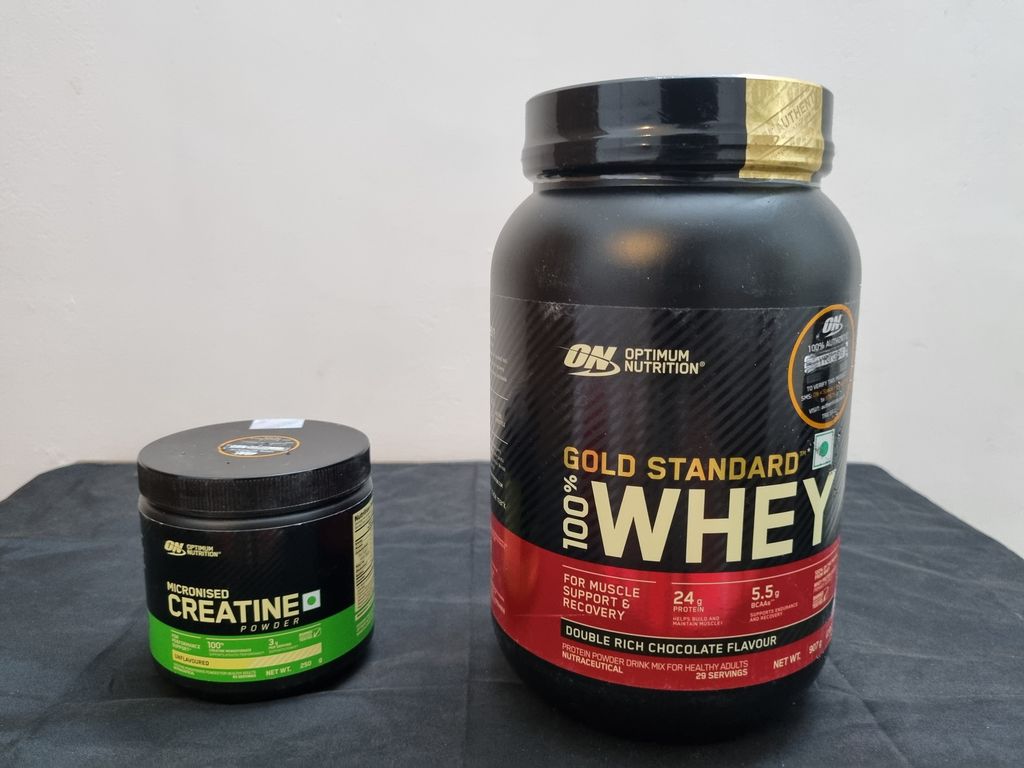
7. **Development and Characterization of Emulsion-Templated Oleogels from Whey Protein and Spent Coffee Grounds Oil** : With increasing awareness of the health implications associated with excessive consumption of saturated and trans fats, there’s an urgent and continuous drive within food science to find healthier, yet equally functional, alternatives. This quest often leads to innovative approaches for fat reduction and replacement in everyday foods. One such promising innovation lies in the development of oleogels, which are structured oil systems designed to mimic the properties of solid fats while offering a healthier lipid profile. This particular study took a remarkably sustainable approach by utilizing whey protein (WP) and bacterial cellulose nanowhiskers (BCNW) to structure spent coffee grounds oil (SCGO), transforming a common waste product into a valuable ingredient.
The research employed an emulsion-templated approach, a clever method where an oil-in-water emulsion is used as a template to create a gel network, effectively structuring the oil. The scientists systematically varied the ratios of whey protein to spent coffee grounds oil, exploring how these proportions influenced the final gel characteristics. Furthermore, they investigated the incorporation of bacterial cellulose nanowhiskers, evaluating their potential to act as a stabilizing and reinforcing agent within the oleogel matrix. A meticulous rheological analysis was conducted to assess the structural integrity, elasticity, and deformation resistance of the newly developed oleogels, providing crucial insights into their functional behavior as fat replacers.
The findings were highly encouraging, demonstrating that all developed oleogels behaved as “true” gels, indicating robust structural integrity. The rheological analysis revealed that increasing the whey protein content significantly enhanced the gel strength, making these oleogels more resilient and resistant to deformation. Intriguingly, the addition of bacterial cellulose nanowhiskers provided a notable reinforcing effect, particularly in oleogels with a higher oil content, further solidifying their structure. What’s truly exciting is that, depending on the WP:SCGO ratio, these oleogels successfully mimicked the properties of both hard and soft solid fats, showcasing their incredible versatility as fat replacers across a wide range of food applications. This sustainable approach not only helps reduce food waste but also offers a pathway to developing healthier food products with improved fat profiles, a clear benefit for supporting cardiovascular and metabolic health as we strive for vitality after 40.
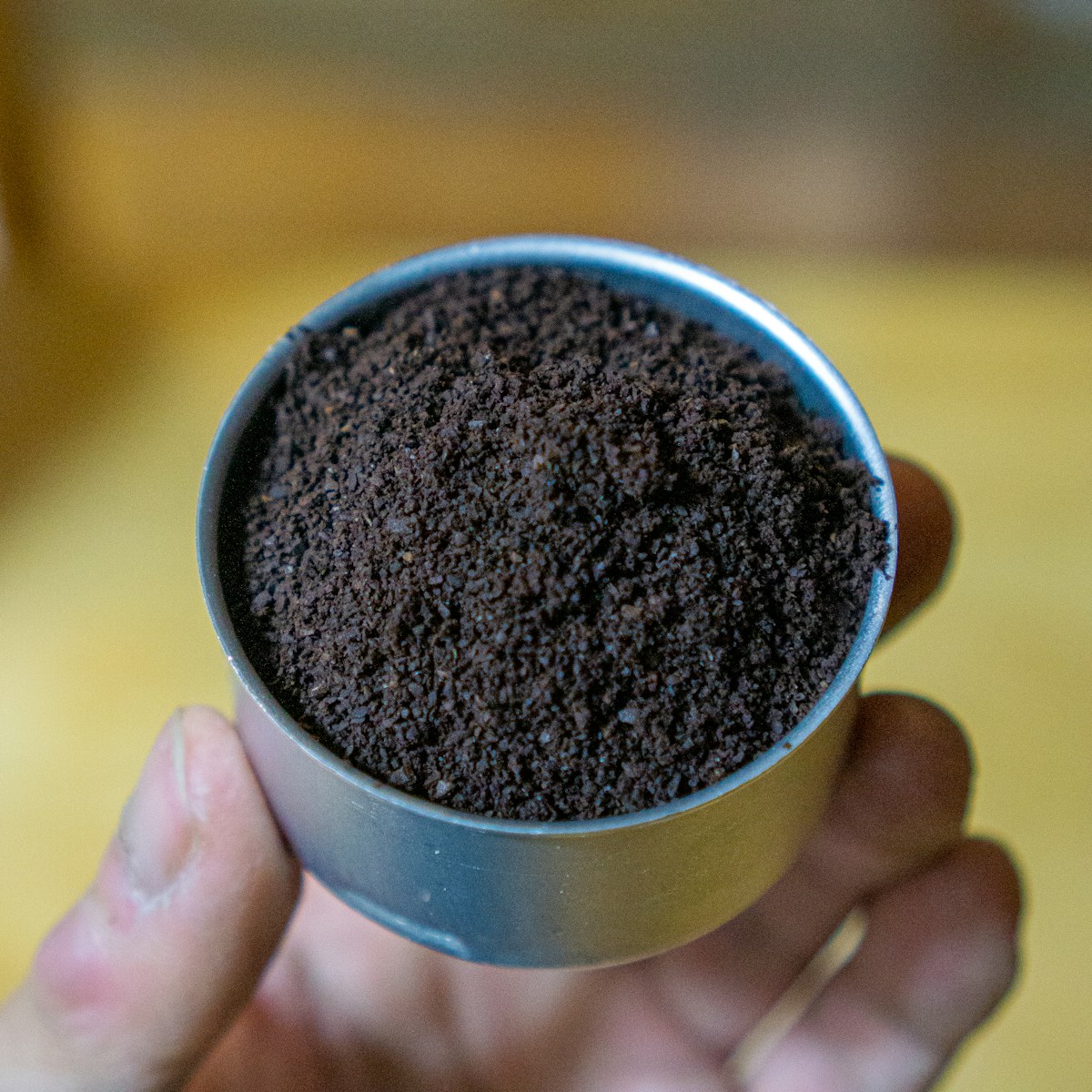
8. **Investigating Roasted Açaí (Euterpe oleracea) Seed Powder as a Coffee Substitute: Effects of Water Temperature, Milk Addition, and In Vitro Digestion on Phenolic Content and Antioxidant Capacity** : The açaí berry is celebrated for its incredible nutritional benefits, yet a significant, often overlooked aspect of its processing is the vast quantity of açaí seeds, which account for up to 95% of the fruit’s weight, that are typically discarded. This represents a substantial amount of potential waste, as these seeds may harbor their own unique set of beneficial compounds. In an inspiring move towards sustainability and maximizing food resources, roasted açaí seed extract (RASE) has emerged as a compelling caffeine-free coffee substitute, offering a novel beverage option for those seeking healthier choices. Despite its promising profile, the full composition and functional capabilities of RASE have remained largely unexplored until now.
To shed light on this intriguing new product, a comprehensive study meticulously characterized commercial açaí seed powder. A key objective was to evaluate how different water temperatures impact the recovery of total phenolic content (TPC) in the aqueous extract, using a precise Central Composite Rotatable Design. The research identified an optimal intermediate extraction condition (6.0 ± 0.5 g 100 mL−1 at 100 °C) that yielded impressive results: 21.78 mg GAE/g TPC and 36.23 mg QE/g total flavonoids. Beyond mere content, RASE also demonstrated notable antioxidant capacities across various assays, including FRAP (183.33 µmol TE/g), DPPH (23.06 mg TE/g), ABTS (51.63 mg TE/g), and ORAC (31.46 µmol TE/g), underscoring its potential as a powerful antioxidant source, which is invaluable for cellular health after 40. Proton Nuclear Magnetic Resonance (1H NMR) analysis further hinted at the presence of beneficial amino acids, carbohydrates, and organic acids.
A crucial aspect for dietary application is how these beneficial compounds survive digestion and are absorbed by the body. The study’s in vitro digestion analysis revealed important insights into the bioaccessibility of RASE’s phenolic compounds when consumed with milk. While total phenolic content decreased when RASE was combined with goat milk, notably higher bioaccessibility was observed when it was mixed with skimmed (33%) and semi-skimmed (35%) cow milk. These findings powerfully highlight RASE not just as a phenolic-rich, antioxidant beverage with functional stability when prepared with boiling water, but also as a sustainable option that transforms discarded agricultural waste into a healthful dietary component. For individuals over 40, incorporating RASE into their daily routine could offer a delightful, caffeine-free alternative that contributes to their antioxidant intake and overall vitality, making it a smart choice for long-term well-being.
Our journey through these scientific breakthroughs from the ‘Foods’ journal illuminates a clear and empowering truth: the future of health and vitality after 40 is intrinsically linked to how we understand and interact with our food. From innovative plant-based alternatives and nutrient-rich seafood to protective microencapsulation, disease-fighting functional milks, sustainable fat replacers, and even the high-tech evolution of our everyday bakeries, each discovery offers a unique opportunity to optimize our nutrition. By embracing these evidence-based insights, we are not just making dietary changes; we are actively investing in a more vibrant, energetic, and resilient future, empowering ourselves to truly thrive in every stage of life.

